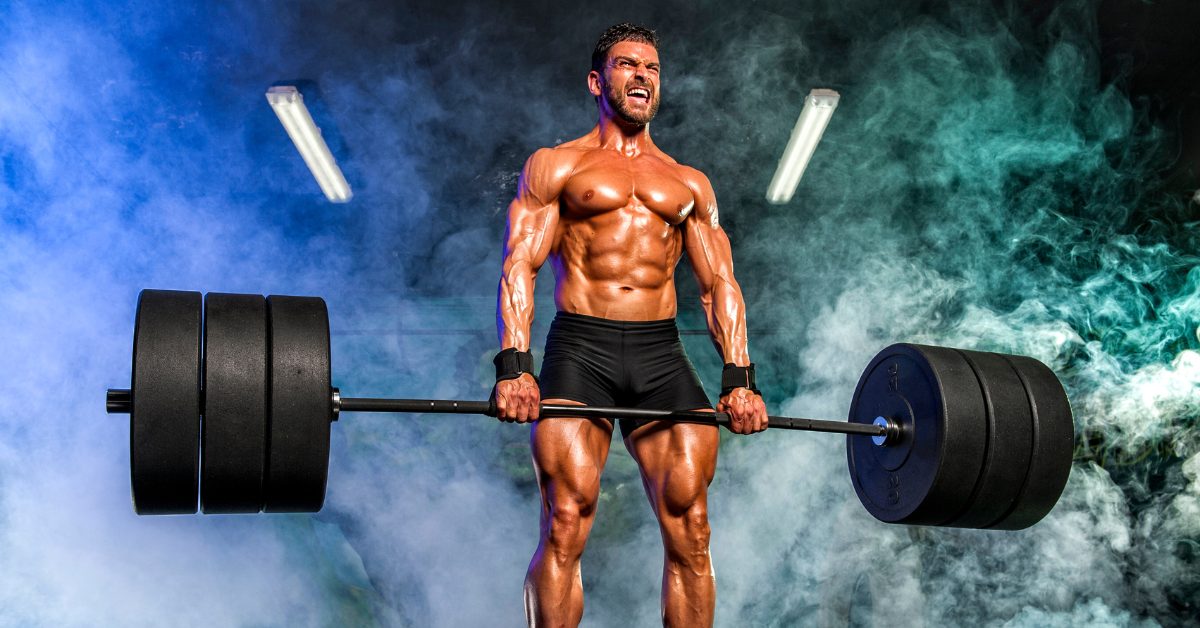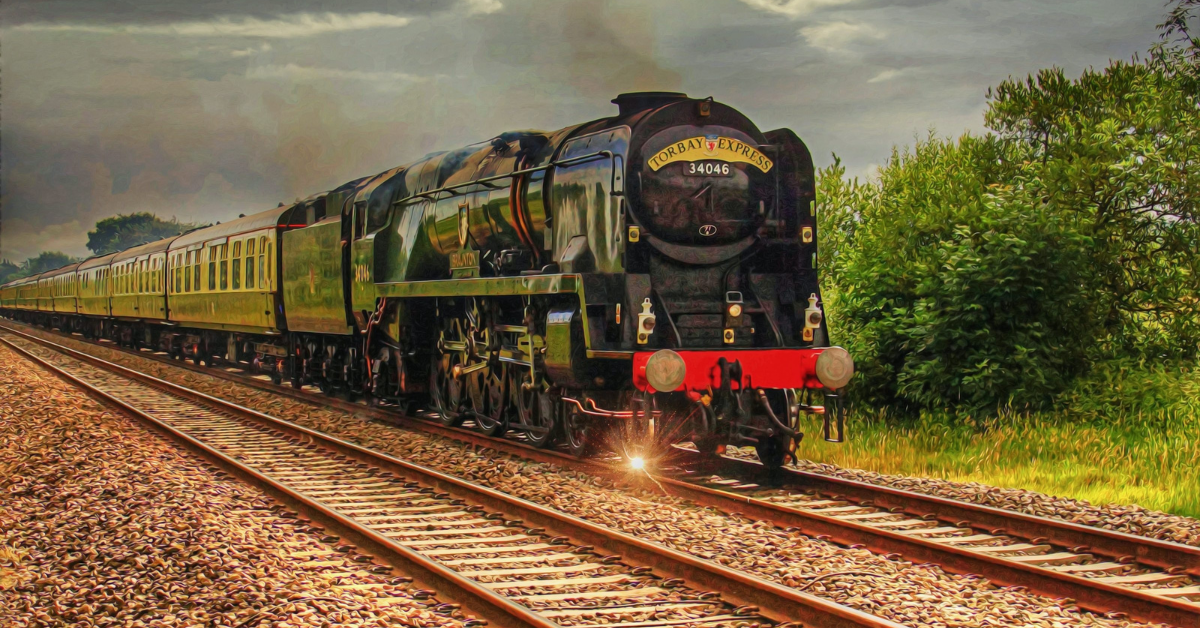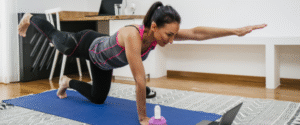Types of Deadlift & Their Powerful Benefits for Weight Loss, Strength, and Daily Life

A fundamental strength-training activity, deadlifts provide many advantages for well-being and fitness goals. To highlight particular muscular regions in your exercise regimen, you can incorporate different types of deadlift into your workout routine. This movement is ideal for training your entire body and boosting overall fitness—making daily tasks like standing, sitting, carrying, or lifting things a piece of cake.
Are you willing to know about the benefits of different types of deadlift to lose weight, change your physique, and develop muscle? Let’s get started!
Deadlift: Overview
A deadlift is one of the most effective strength training exercises, involving picking and lifting a barbell containing weights from a dead stop on the floor. It can also be performed using kettlebells, dumbbells, or a hexagonal trap bar.
Deadlifts appear simple—load the weight, grip, lift, and stand. But the advantages go far beyond the simplicity. Among the types of deadlift, each variation can target different muscle groups and offer functional benefits. This exercise strengthens your posterior chain and mimics real-life movement patterns—helping you lift things off the floor safely, which is a vital skill for daily life.
Top 9 Benefits of Deadlifts
Amplifies The Main Anabolic Hormones
Deadlifts increase natural growth hormone and testosterone, both essential for bone health, fat burning, and muscle gain.
You Will Obtain A Stronger Grip
Deadlifting twice weekly improves grip strength, which translates to other exercises and overall health markers.
Minimises Lower Back Pain
Proper deadlift technique can reduce or even reverse mild mechanical lower back pain over time.
Optimises Bone Mineral Density
Resistance training like deadlifts helps prevent bone density loss and supports joint and bone health.
Boosts Everyday Strength
From lifting groceries to household chores, deadlifting trains the body to handle everyday loads efficiently.
Builds Stronger Legs
All types of deadlift emphasize the glutes, hamstrings, and quads, helping build power in the lower body.
Boosts Jump Performance
Improved strength from deadlifts helps enhance vertical leap, sprinting ability, and other high-intensity movements.
Maximises Core Strength and Posture
Deadlifts reinforce spinal alignment, stretch the back muscles, and improve posture, reducing chronic pain and injury.
Burns Calories Efficiently
As a compound movement, deadlifts work multiple muscle groups, increasing metabolism and fat burn post-workout.
Steps To Do a Deadlift
Approach the barbell – Place feet hip-width apart with the bar centered over your feet.
Hinge at the hips – Bend forward and grip the bar. Flatten your spine, pull your shoulders back, and prepare your core.
Brace and lift – Inhale slightly, tighten the core, push into the floor with your feet, and drive your hips forward to stand.
Types of Deadlift
Incorporating different types of deadlift can help you modify intensity and target various muscle groups:
1. Sumo Deadlift
Stand with a wide stance and toes pointing outward. This variation shifts focus to the inner thighs and hips.
2. Romanian Deadlift
Start from a standing position holding weights at your hips. Hinge forward to lower the weights, targeting the hamstrings and glutes.
3. Single-Leg Deadlift
Balance on one leg while extending the other behind you. A great option to build coordination, balance, and posterior chain strength.
Conclusion
Deadlift is one of the most basic yet powerful gym exercises. Mastering different types of deadlift builds strength, boosts metabolism, burns fat, and enhances daily function. Start with proper form, progress gradually, and integrate this whole-body movement into your weekly training 1–3 times for maximum benefits.













